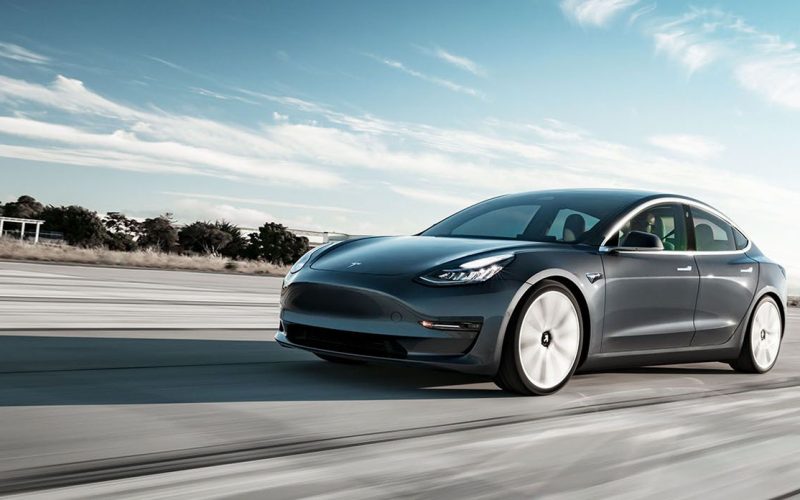
Reading Time: 6 minutesWith regular unleaded soaring over $2.00 per litre in some provinces, and expectations for even higher
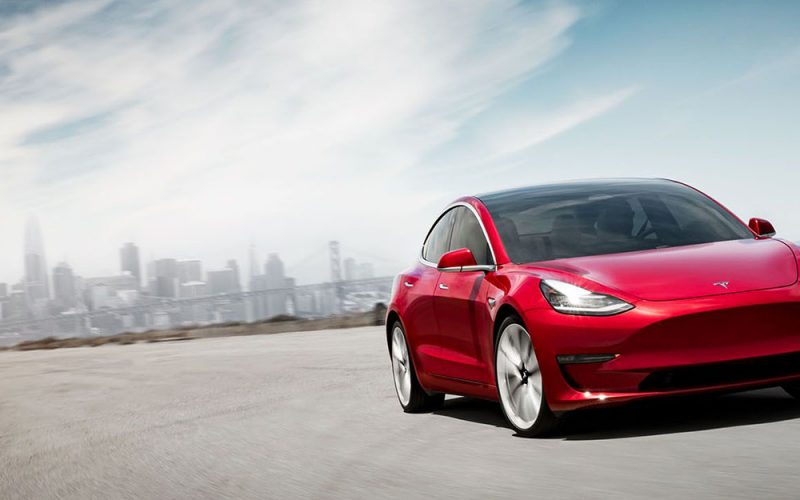
Reading Time: 4 minutesCar sales have been slip-sliding away when compared to crossover SUV deliveries lately, with BMW selling
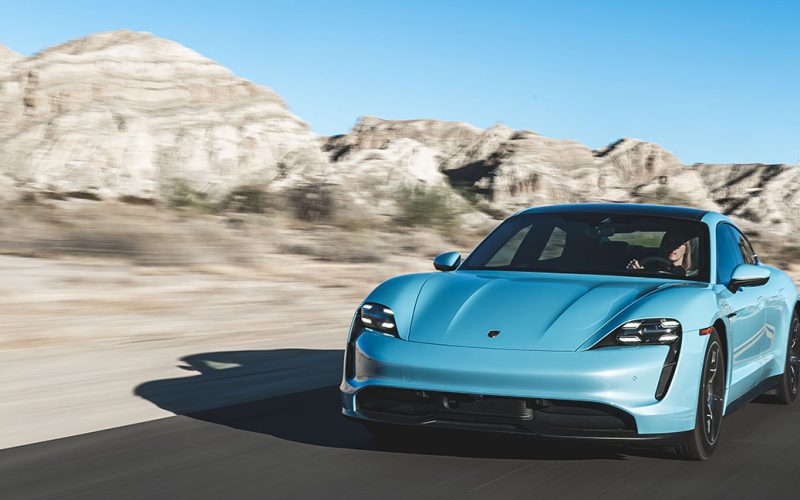
Reading Time: 4 minutesAlthough some automotive brands struggled last year for reasons I shouldn’t need to explain, Porsche’s Taycan
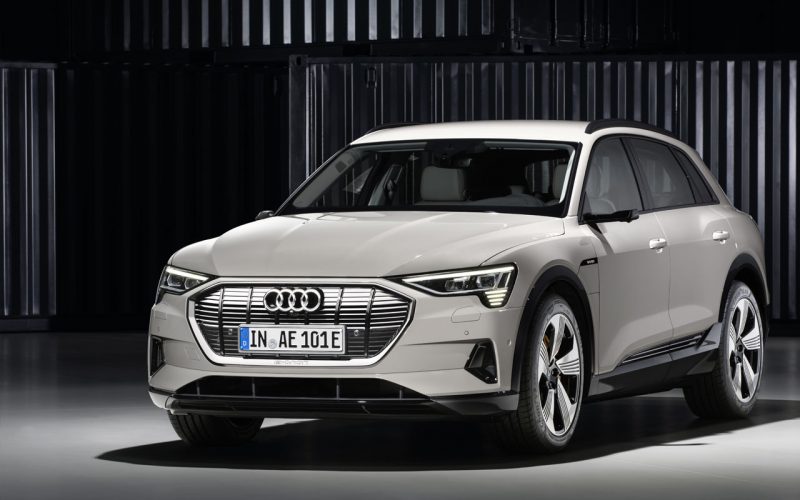
Reading Time: 9 minutesConsider the history of Audi here in North America. The four-ringed brand from Ingolstadt, Germany toiled
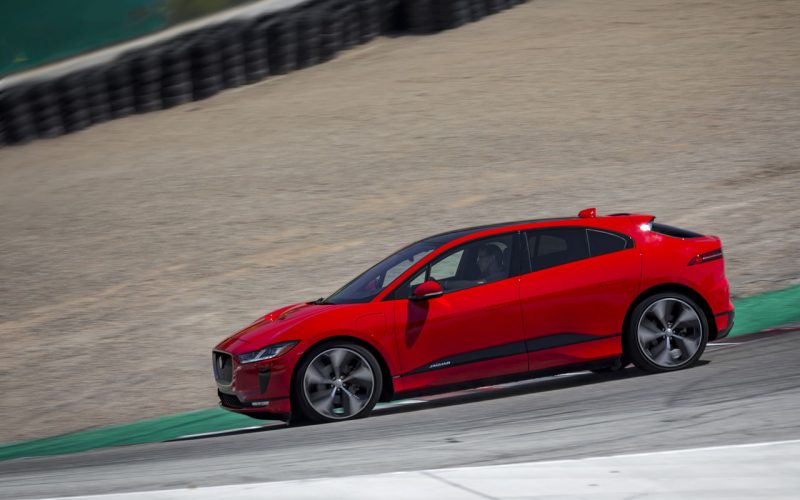
Reading Time: 5 minutesSilence is golden, and in the case of the inherently quiet Jaguar I-Pace it’s also very
© 2025 The Car Magazine. All Rights Reserved, Privacy Policy | Terms of Use